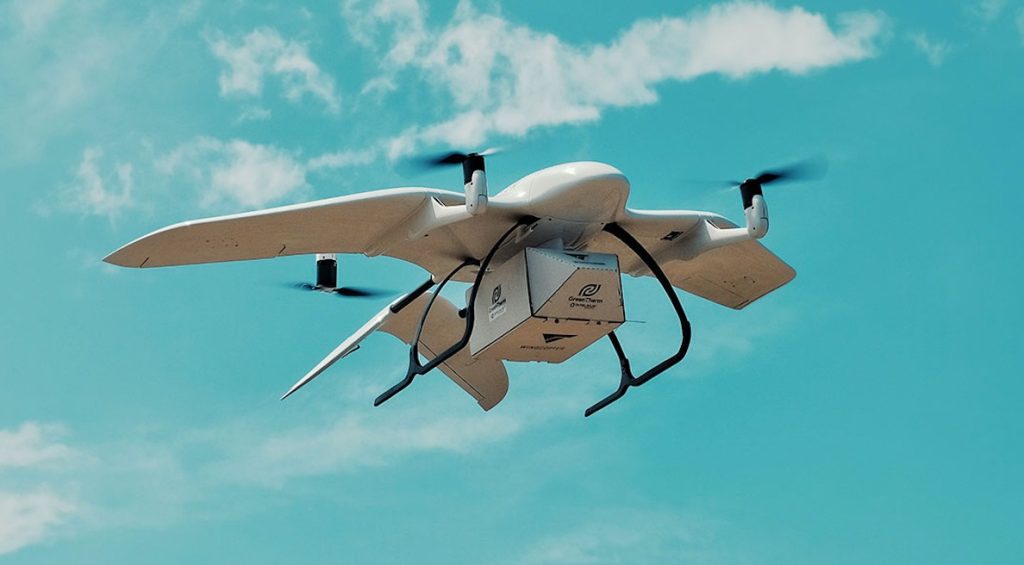Introduction
Unmanned Aerial Vehicles (UAVs), commonly known as drones, have come a long way since their inception. Originally developed for military purposes, they have evolved into versatile tools with applications far beyond photography and deliveries. In this article, we will explore the myriad of applications that UAVs have found in various industries and how they are reshaping our world.
The Evolution of UAVs
From Military Origins to Commercial Success
UAVs were initially designed for military reconnaissance and surveillance. Their ability to gather critical data while minimizing human risk quickly caught the attention of commercial industries. With advancements in technology and regulatory frameworks, UAVs transitioned into the civilian market, unlocking their full potential.
The Role of Technology
The rapid advancement of technology has been a driving force behind the expansion of UAV applications. Miniaturization, improved battery life, enhanced sensors, and sophisticated software have made UAVs more capable and accessible to a wider range of users.
Agricultural Revolution
Precision Agriculture
UAVs equipped with specialized sensors and cameras are transforming agriculture. Farmers can monitor crop health, detect diseases, optimize irrigation, and even apply targeted pesticides with unprecedented precision. This leads to increased yields, reduced costs, and minimized environmental impact.
Crop Monitoring
UAVs enable farmers to monitor their fields regularly. They can capture high-resolution images and multispectral data, helping identify issues early and make data-driven decisions.
Conservation and Environmental Protection
Wildlife Monitoring
Conservationists use UAVs to track and study wildlife populations. UAVs provide a non-invasive way to observe animals in their natural habitat, aiding in research and conservation efforts.
Forest Management
UAVs assist in monitoring forests for signs of disease, illegal logging, and fire prevention. Their ability to cover vast areas quickly is invaluable in preserving our forests.
Infrastructure Inspection
Bridges and Power Lines
UAVs have become essential for inspecting critical infrastructure. They can access hard-to-reach places and capture high-definition imagery for assessment. This improves safety and reduces downtime for repairs.
Oil and Gas Facilities
In the energy sector, UAVs are employed for inspecting pipelines, rigs, and refineries. They help identify leaks, structural issues, and other hazards, ensuring the safe operation of these facilities.
Emergency Response
Disaster Assessment
During natural disasters, UAVs are deployed to assess damage and locate survivors. Their rapid deployment and aerial perspective provide invaluable insights to first responders.
Search and Rescue
UAVs equipped with thermal imaging and advanced sensors aid in search and rescue operations. They can cover large areas efficiently, increasing the chances of finding missing persons.
Construction and Surveying
Site Planning
Construction companies use UAVs for site planning and progress monitoring. They create detailed 3D models and maps, facilitating better decision-making and project management.
Land Surveying
Land surveyors benefit from the speed and accuracy of UAVs. They can quickly survey large areas, reducing time and costs associated with traditional surveying methods.
Scientific Research
Atmospheric Studies
Scientists use UAVs to study the atmosphere, collecting data on weather patterns, air quality, and climate change. UAVs provide a cost-effective means of gathering vital information.
Archaeological Exploration
Archaeologists employ UAVs to explore remote and inaccessible archaeological sites. Aerial photography and LiDAR technology help reveal ancient civilizations’ secrets.
Conclusion
Unmanned Aerial Vehicles have evolved into indispensable tools across various industries. Their versatility, efficiency, and cost-effectiveness have made them an integral part of modern-day operations. As technology continues to advance, we can expect even more innovative applications for UAVs, further shaping our world and pushing the boundaries of what is possible. From agriculture to conservation, infrastructure to emergency response, UAVs are indeed going beyond photography and deliveries to make our lives better and our industries more efficient.
